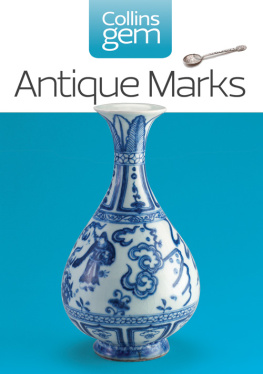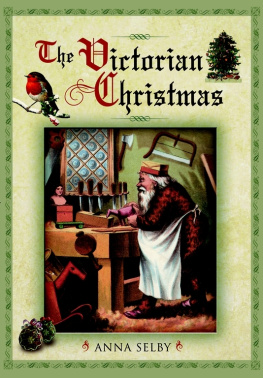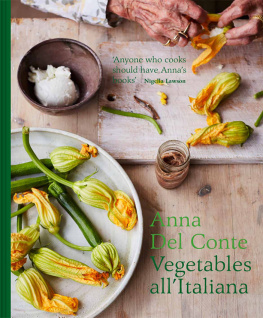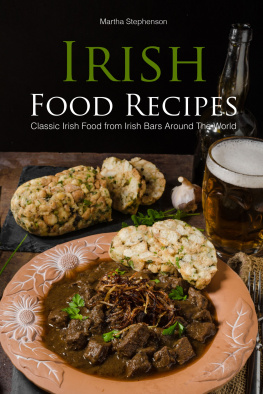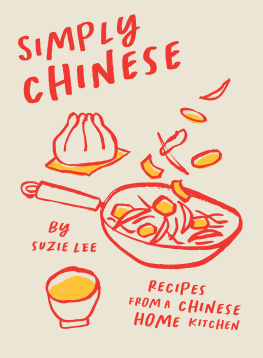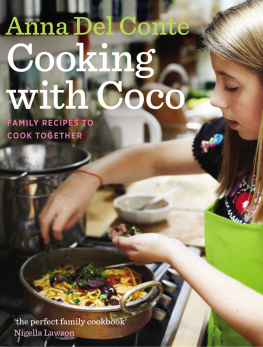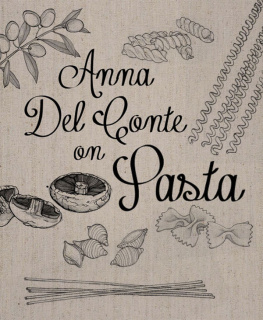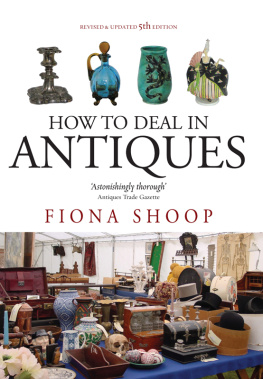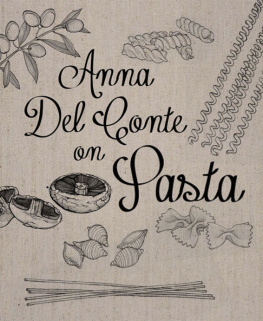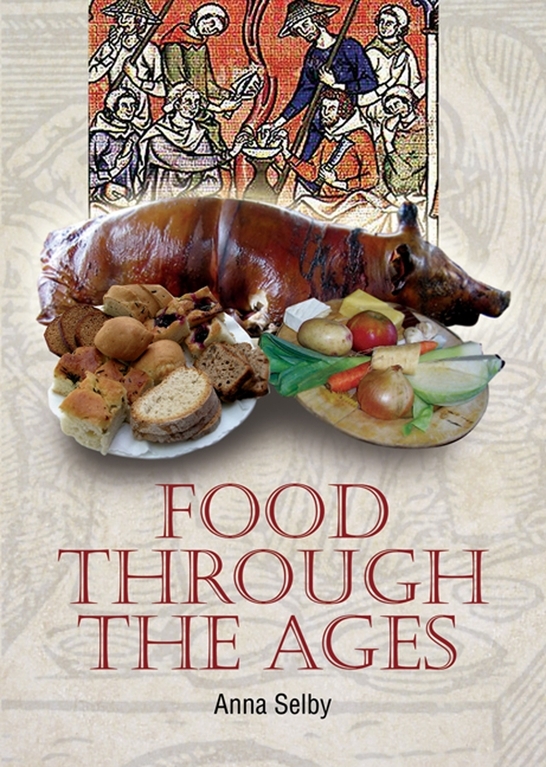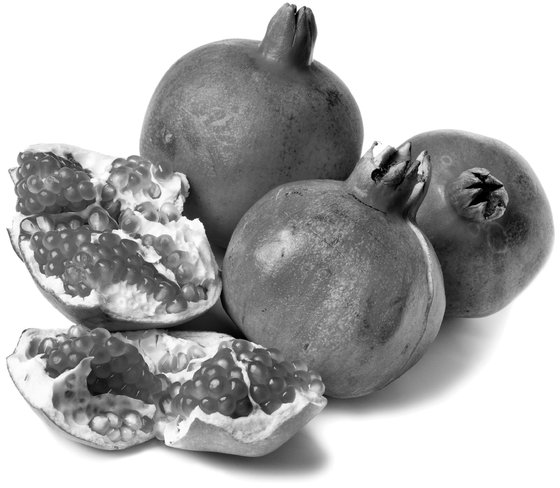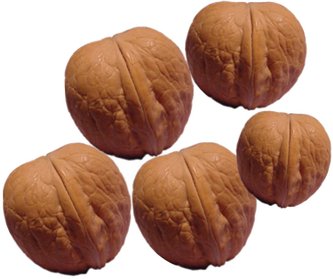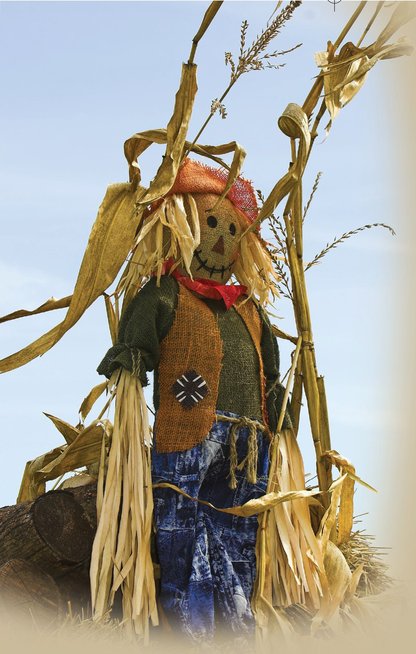Thanks to Carlotta Barrow who lent me armfuls of books, including Camp Cookery , which had been illustrated by her father. Thanks also to Hilda Richardson (aka my mum) who recalled wartime privations and the recipe for spam fritters.
Margaret Vissers masterly The Rituals of Dinner was full of valuable observations on our changing manners and what they signify.
Daniel Myers was very helpful in Medieval and Tudor recipes and all matters relating to them. Translater Christanne Muusers deserves thanks, too. Daniel Myers website www.medievalcookery.com is an excellent source of updated versions of original recipes. Thanks also to the Carnegie Mellons School of Computer Science that has some fascinating Roman recipes on its website, which proved to be very useful,
The British Library has a vast resource of cookery books throughout all periods of history from Medieval manuscripts up to the present day and I am most grateful for those they have supplied for this book.
Bibliography
Acton, Eliza, Modern Cookery for Private Families , 1845
Beckett, Ian F. W., The Great War , Longman, 2001
Braudel, Fernand, The Structures of Everyday Life , William Collins, 1981
Craig, Diana, Cooks Wisdom , Inklink, 1992
Culpeper, Nicholas, Culpepers Compleat Herbal , c.1640
Davies, Norman, Europe, a History , Oxford University Press, 1966
Dickens, Charles, The Old Curiosity Shop , 1841
Faas, Patrick, Around the Roman Table Food and Feasting in Ancient Rome , University of Chicago Press, 2003
Fraser, Flora, The English Gentlewoman , Barrie & Jenkins, 1987
Girouard, Mark, A Country House Companion , Century Hutchinson, 1987
Gough, Richard, The History of Myddle , c. 1706
Hibbert, Christopher, The English, a Social History , William Collins, 1987
Hutchins, Sheila, English Recipes , Methuen, 1967
Mabey, David, In Search of Food , Macdonald & Janes, 1978
Priestley, J. B., English Humour , Heinemann, 1976
Visser, Margaret, The Rituals of Dinner , Viking, 1992
Williams, John, The Home Fronts 1914 1918 , Constable, 1972
Wilson, Trevor, The Myriad Faces of War , Polity Press, 1986
Sources
http://www.harvestfields.ca/CookBooks/003/07/00.htm
http://www.coquinaria.nl/kooktekst/Edelikespijse0.htm
http://www.hti.umich.edu/cgi/t/text/text-idx?c=cme;idno=CookBk
http://staff-www.uni-marburg.de/%7Egloning/ouv3.htm
http://www.medievalcookery.com/notes/ouverture.shtm
http://www.medievalcookery.com/books.html#TFCCB
http://www.medievalcookery.com/recipes/douce.shtm
http://www.daviddfriedman.com/Medieval/Cookbooks/Menagier/Menagier.html
http://www.uni-giessen.de/gloning/tx/1615murr.htm
http://www.medievalcookery.com/books.html#GHJ
http://www.medievalcookery.com/books.html#PNBOC
http://staff-www.uni-marburg.de/~gloning/1615murr.htm
http://www.medievalcookery.com/books.html#PNBOC
http://www.medievalcookery.com/notes/ouverture.shtm
Permissions
The author would like to thank the following for their help in providing images:
Cheffins Auctioneers 143, 148 (bottom)
Derrick Hemingway 43
Donna M Hemingway 32
Simon Ho, www.simonho.org - 107
Lawrences Fine Art Auctioneers of Crewkerne 106, 127, 148 (top)
The Royal Pavilion, Libraries & Museums, Brighton & Hove Cover illustration, 130, 131, 134
Ruthin Castle Medieval banquets 66
Fiona Shoop 10, 22, 31, 33, 42 (bottom), 44, 53, 98, 118, 149, 165, 168
The Watercress Alliance, www.watercress.co.uk/ 153
With thanks to Shutterstock for the remainder of the images
Chapter 1
The Ancient World
L ETS go right back to the beginning in so far as we know it. The staples of the ancient Egyptian diet were bread and beer mortuary offerings often bear the inscription bread, beer and all good things. And, for the poor, there was probably not much more than that, just some vegetables and fish from the Nile, either dried, boiled, fried or roasted, or occasional game in the shape of quails, ducks and cranes. The rich, on the other hand, shunned fish and ate game in the form of various kinds of antelope and the meat from domesticated animals, such as beef, pork, goose, mutton and duck instead, though even the rich probably didnt eat them as often as we do today they were too expensive a commodity to raise in such an arid land. The rich also drank wine besides the ubiquitous beer.
Pomegranates, enjoyed since Ancient times, were believed to give wisdom.
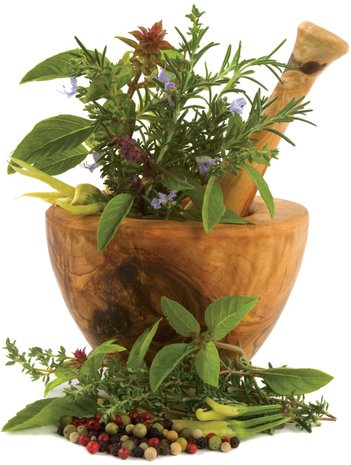
As well as having a greater choice in meat, the diet for the rich was a surprisingly varied and sophisticated one. It featured olive oil and figs and food was flavoured with herbs and spices such as cumin, coriander and cinnamon, thyme, dill and fennel. Under the warm Egyptian sun, fruit and vegetables were grown and eaten widely, especially onions, garlic and green vegetables. They were generally recognised in ancient Egypt as health giving foods (as, of course, has been established scientifically today) though through later millennia they were to be eschewed by all but the poorest. Local grapes, watermelon, figs, pomegranates and dates were eaten by rich and poor alike, while olives, peaches and cherries were imported. One of the most widely used foods was honey, and not just as a sweetener. It was highly regarded for its medicinal properties (honey being a powerful antiseptic) and beeswax was used as an essential part of the process of mummification.
Everyone, both rich and poor, ate bread every day and the ancient Egyptians produced a prodigious amount of grain along the banks of the Nile. It was the rivers annual flooding that gave Egypt its fertile soil and made it one of the earliest civilisations with a highly developed form of agriculture. Besides bread, the grain harvest was used to make pastries and cakes, flavoured with honey, fruits, sesame and nuts. Flat bread was sometimes baked with eggs poured into hollows and, of course, some of the cereal went to make the barley beer. The production of the flour was, literally, a daily grind. The process meant pounding, grinding and milling, all of which were done by hand while the cook sat on the ground out of doors, where a good many unwanted ingredients inevitably found their way into the flour. Egyptian cooking took place out of doors, too, over open wood fires or in clay ovens, reducing the risk of fire. And, although the cooking methods were basic, ancient tombs show plenty of fine storage jars and bowls. Rich Egyptians ate off bronze, silver and even gold, while the poor had to make do with clay.
Nuts provided a staple part of the diet in Ancient civilisation.


